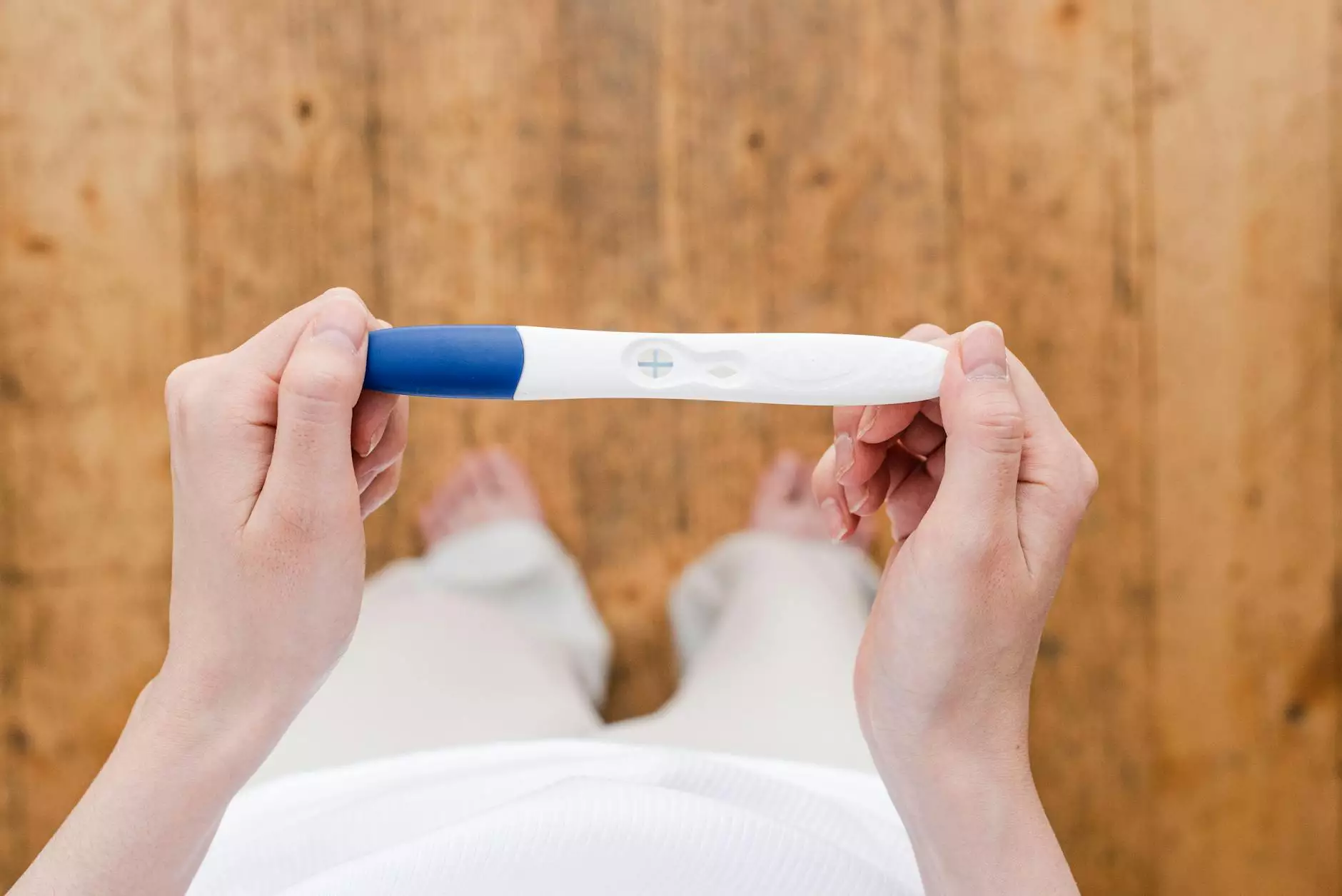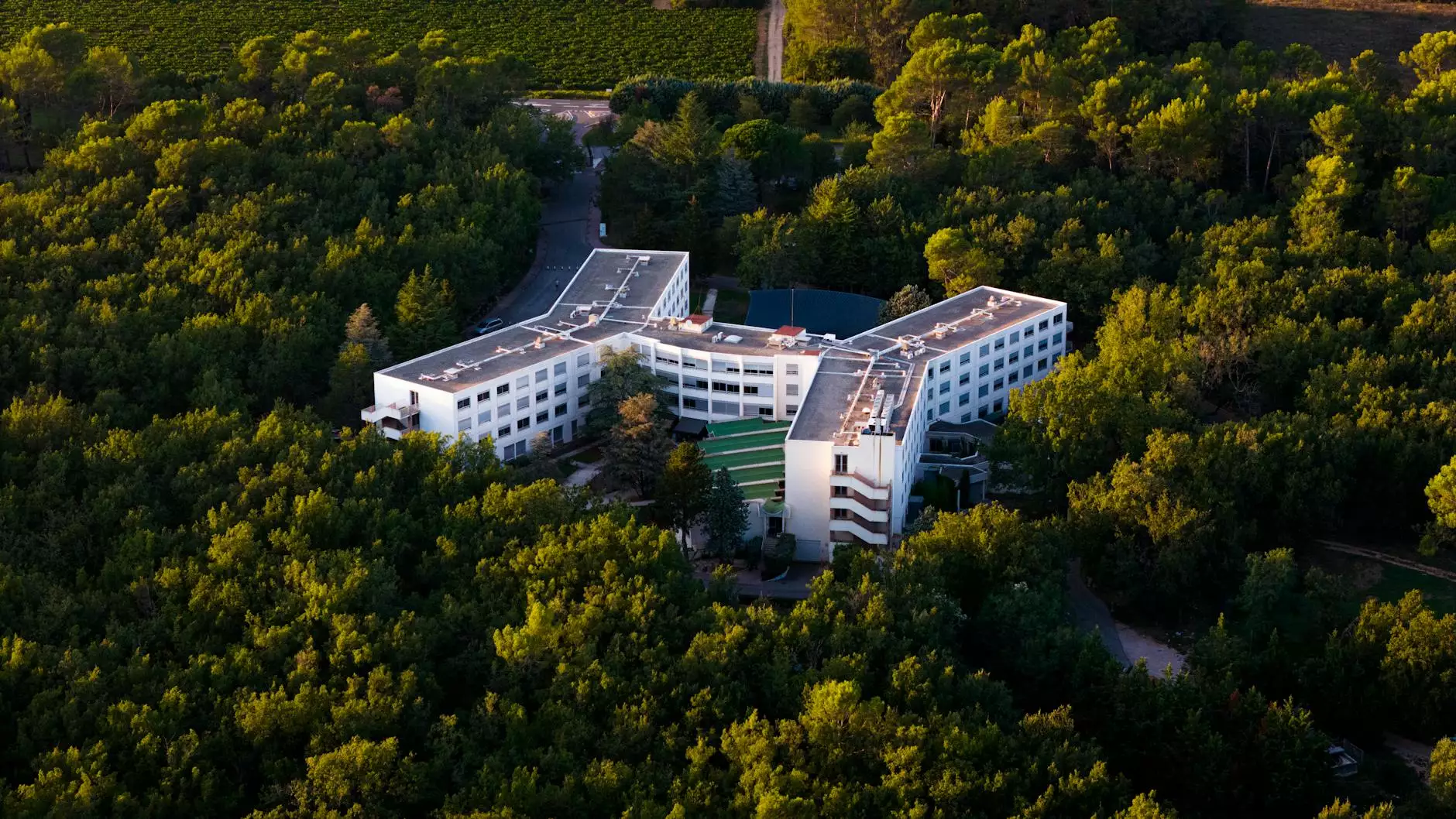Why Warming Up and Cooling Down is Important
Blog
In the pursuit of fitness and overall well-being, it is crucial to understand the significance of warming up and cooling down before and after any physical activity. Richard Martinez, MD, a renowned expert in health and fitness, sheds light on the importance of incorporating these practices into your exercise routine.
The Benefits of Warming Up
Warming up is the act of preparing your body for the upcoming physical exertion. It involves specific exercises and movements that gradually increase your heart rate and body temperature. Not only does it prepare your muscles and joints for the activity ahead, but it also has numerous benefits for your overall performance and overall health.
When you warm up adequately, you increase the blood flow to your muscles, which can improve their flexibility and range of motion. This, in turn, enhances your overall performance and helps prevent injuries such as muscle strains and tears. Additionally, warming up increases the delivery of oxygen and nutrients to your muscles, improving their efficiency and reducing the risk of fatigue.
Furthermore, a proper warm-up stimulates your nervous system, enhancing the coordination between your muscles and improving your reaction time. It also helps to mentally prepare for the upcoming activity, allowing you to focus and concentrate better.
Whether you are about to engage in cardiovascular exercises, weightlifting, or any other form of physical activity, dedicating time to a proper warm-up can significantly enhance your performance while reducing the risk of injury.
The Importance of Cooling Down
As essential as warming up is, it is equally important to cool down after your exercise session. Cooling down involves gradually decreasing the intensity of your physical activity and incorporating exercises that aid in the recovery of your body.
Cooling down allows your heart rate and blood pressure to return to their normal levels gradually. By giving your body this transition period, you allow it to readjust and reduce the risk of dizziness or fainting that could occur if you suddenly stop exercising.
Additionally, cooling down assists in removing waste products, such as lactic acid, that accumulate in your muscles during exercise. This helps to reduce muscle soreness and stiffness that often follow intense workouts.
Just like warming up, a proper cool-down routine can enhance your flexibility and range of motion, preventing post-workout muscle tightness. It also aids in the relaxation of your muscles and reduces the risk of injury by gradually decreasing the stress placed on them.
Tips for an Effective Warm-up and Cool-down
To optimize the benefits of warming up and cooling down, consider incorporating the following tips into your exercise routine:
Warm-up:
- Start with five to ten minutes of light cardio, such as walking or jogging, to increase your heart rate.
- Perform dynamic stretches that target the major muscle groups you will be using during your workout.
- Incorporate some low-intensity exercises that mimic the movements you will be doing during your main activity.
- Gradually increase the intensity of your warm-up exercises as you progress.
Cool-down:
- End your exercise session with five to ten minutes of light cardio, gradually decreasing the intensity.
- Include static stretches, holding each stretch for 15-30 seconds, focusing on the muscles you used the most.
- Perform gentle exercises such as yoga or Pilates to promote relaxation and flexibility.
Remember, warming up and cooling down are essential components of any exercise routine. They play a crucial role in optimizing your performance, preventing injuries, and promoting overall health and well-being. Incorporate these practices into your fitness regimen, and you will reap the rewards both in the short and long term.
Richard Martinez, MD - Health | © 2021 All rights reserved.










